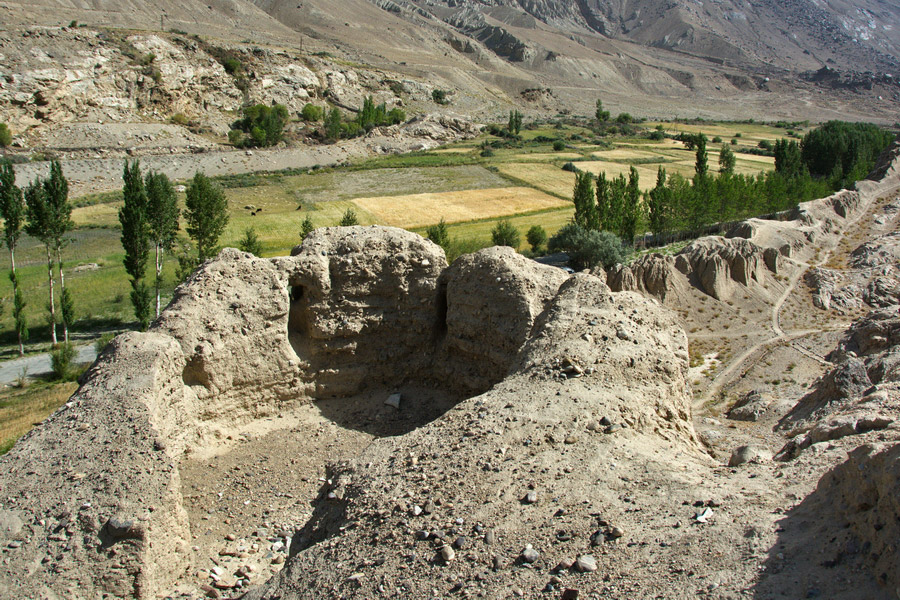{The Evolution of {Modern|Sustainable} Structures in {Architecture|Bui…

본문
A new approach to building design has been explored extensively in recent years. Since its early application in a 1958 British World's Fair in Brussels, it has become an increasingly popular choice for modern architecture due to its numerous benefits, particularly in terms of versatility and innovation. In this article, we will explore the future of space frame structures and their potential impact on the built environment.

A significant benefit of modern building designs is their ability to provide excellent structural stiffness and strength with reduced material requirements. The interconnected network of nodes and struts that make up a space frame structure allows for the efficient distribution of loads, reducing the need for additional support columns and beams. This, in turn, provides architects and engineers with greater design flexibility, enabling them to create complex and dynamic building designs that would be challenging to implement with conventional techniques.
Another key benefit of space frame structures is their ability to incorporate various decorative elements. This can lead to dramatic reductions in energy consumption and improve the overall aesthetic appeal of a building. By allowing for سازه فضاکار the creation of large glass windows and light-filled spaces, space frame structures can greatly enhance the indoor climate control within a building, creating a more comfortable and productive indoor environment.
Furthermore, space frame structures play a significant role in environmentally-conscious architecture. Their ability to be designed and manufactured using sustainable materials and production methods reduces environmental impact. Additionally, the use of active shading systems and photovoltaic panels can be incorporated into building designs, making it an attractive option for sustainable building practices.
New developments continue to push the boundaries in terms of the design and implementation of space frame structures, researchers and innovators are continually pushing the boundaries of what is possible. New materials and technologies are being developed that enable the design of innovative building structures. Examples include the use of 3D printing to fabricate intricate node geometries and the incorporation of sustainable materials such as recycled carbon fiber.
In terms of future applications are likely to be employed in a wide range of architectural projects. From residential developments and commercial high-rises, space frame structures are poised to become an increasingly popular choice for architects, engineers, and developers. As the demand for innovative architectural practices continues to grow, space frame structures are poised to play a significant role in the building industry.
The field of space frame design is constantly evolving, we can expect to see even more innovative and groundbreaking applications in the years to come. From the design of futuristic space habitats and Mars colonies to the design of futuristic buildings and cities the potential for space frame structures to influence architectural trends is vast and limitless.

댓글목록0
댓글 포인트 안내